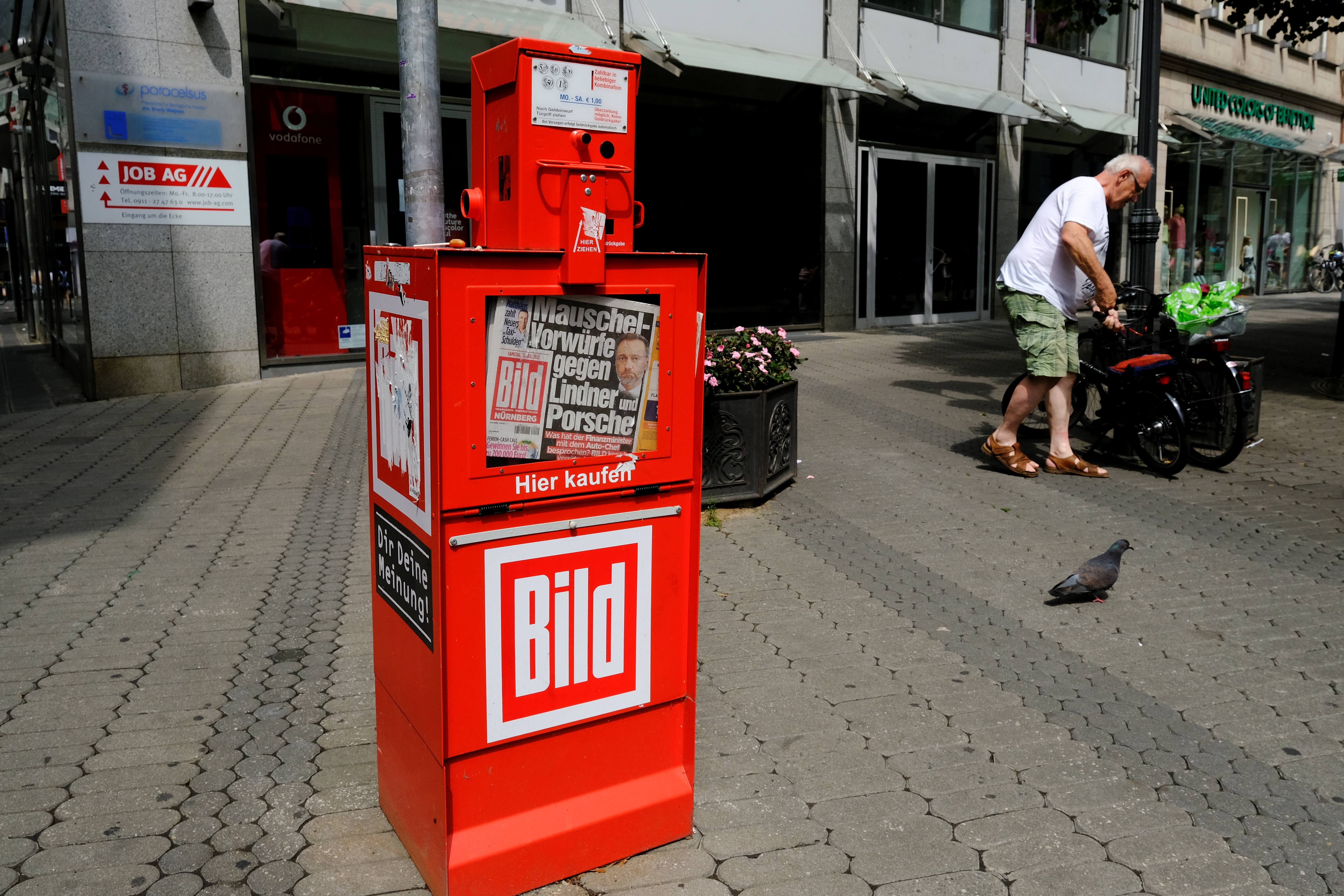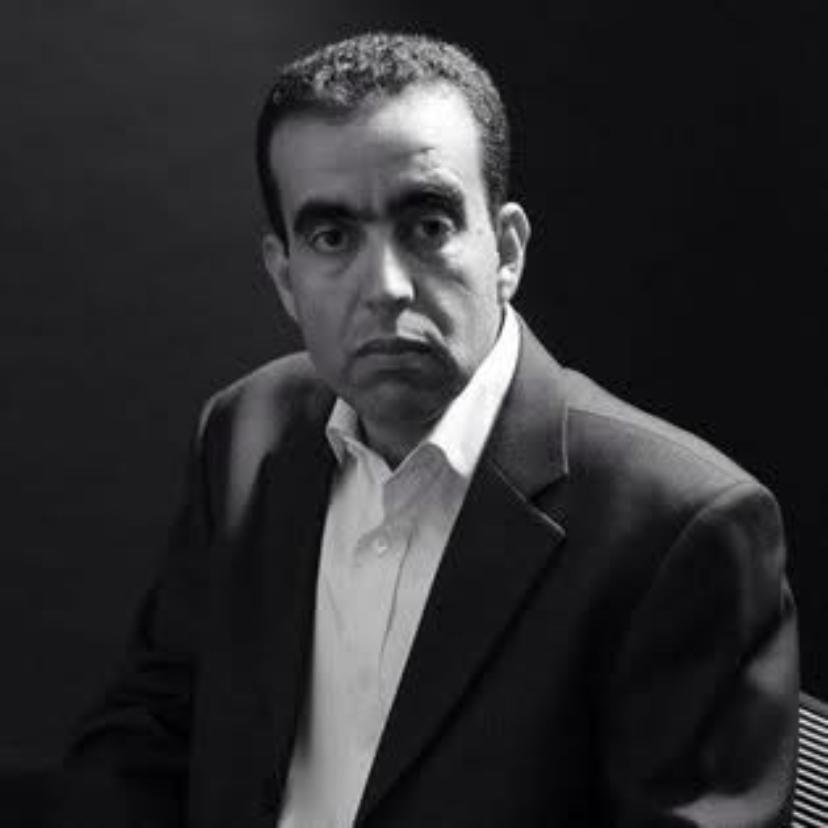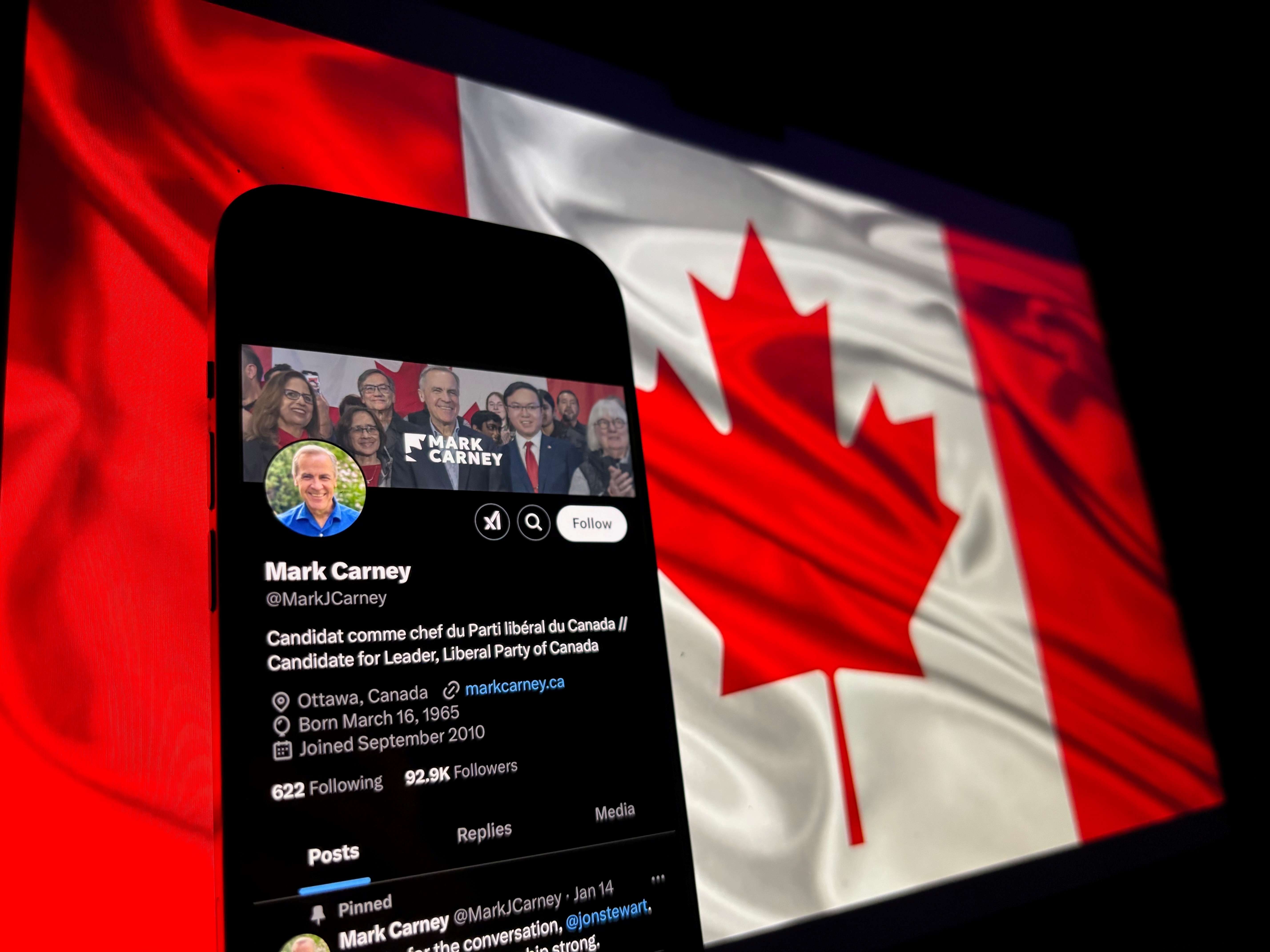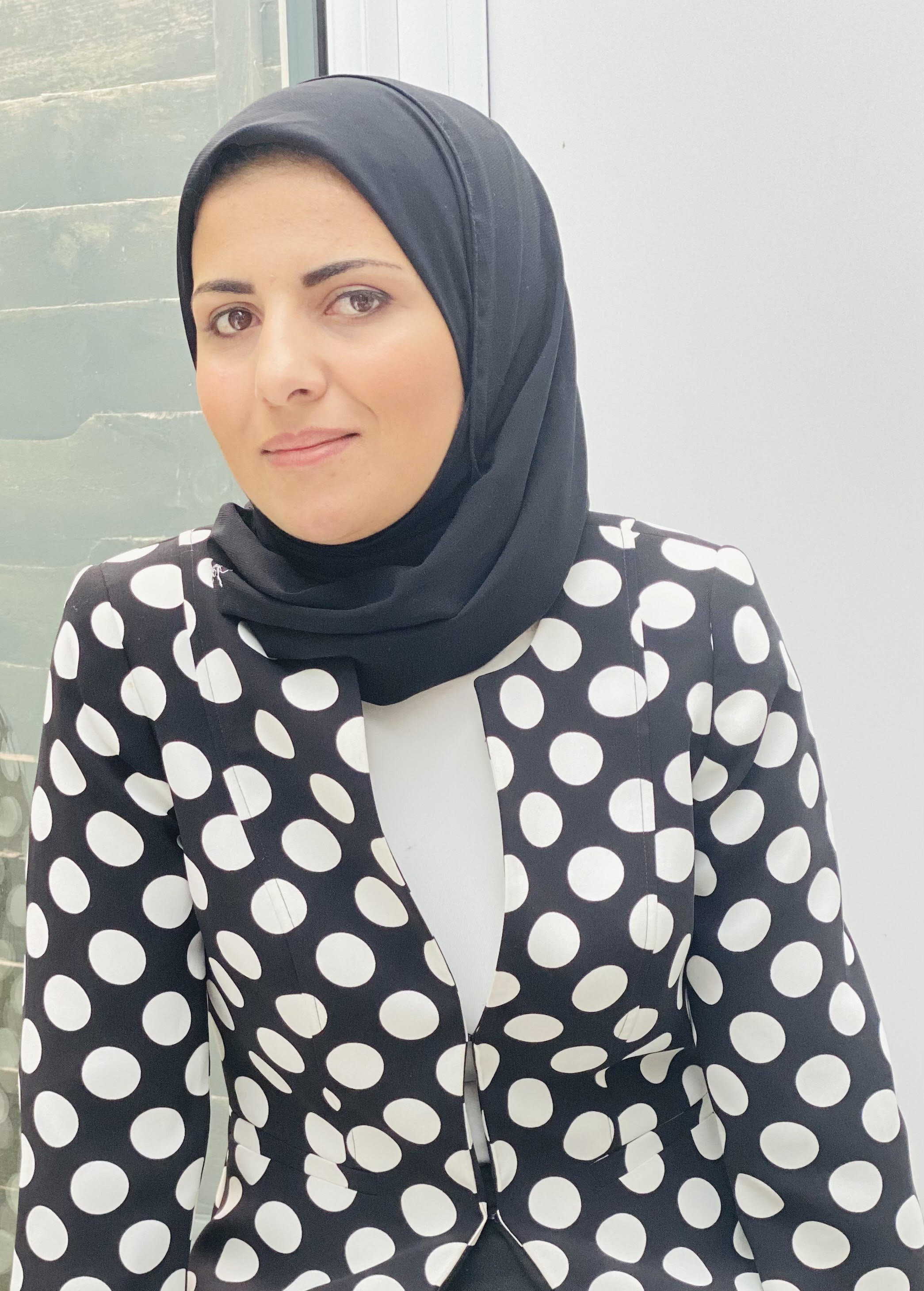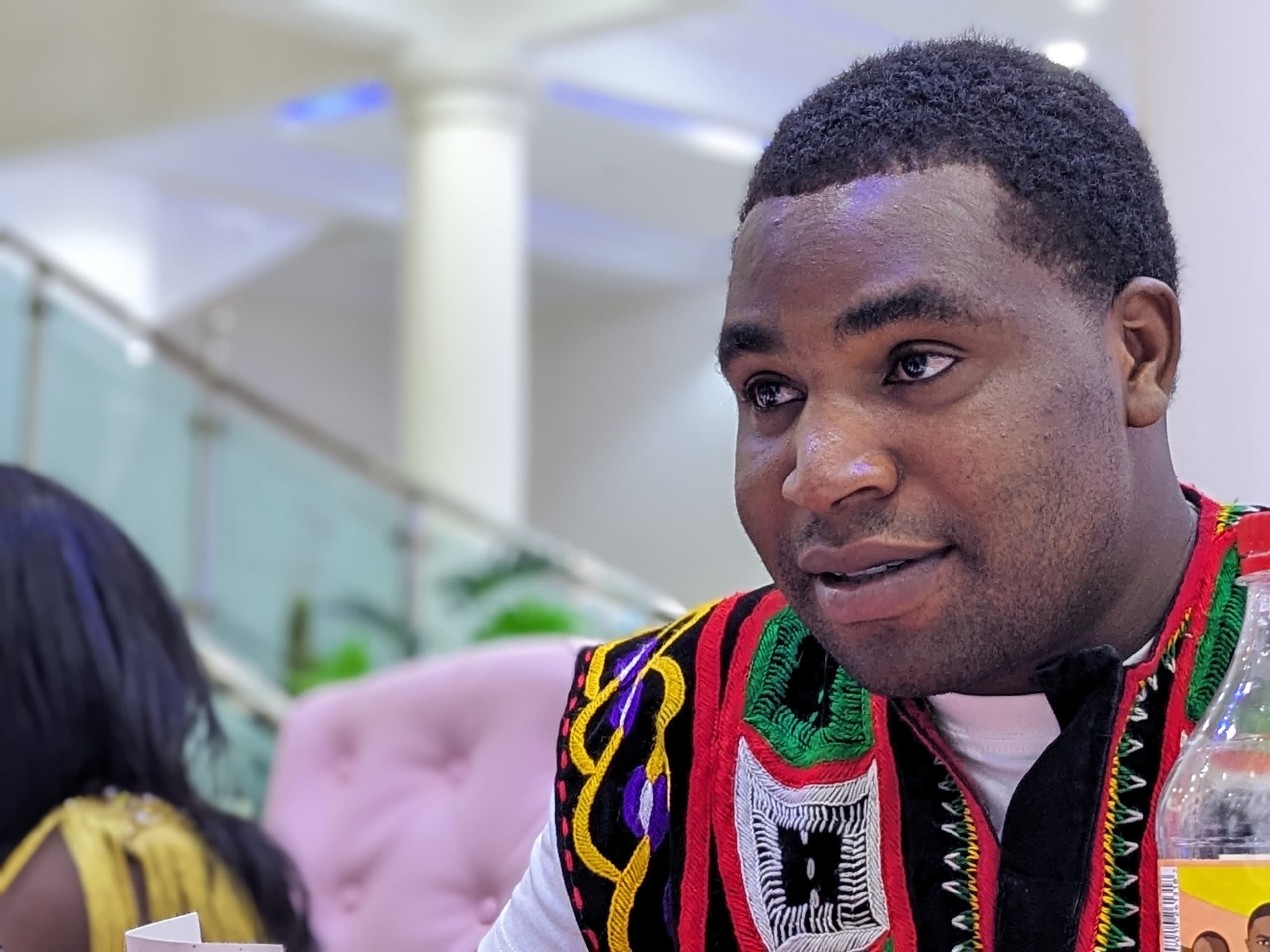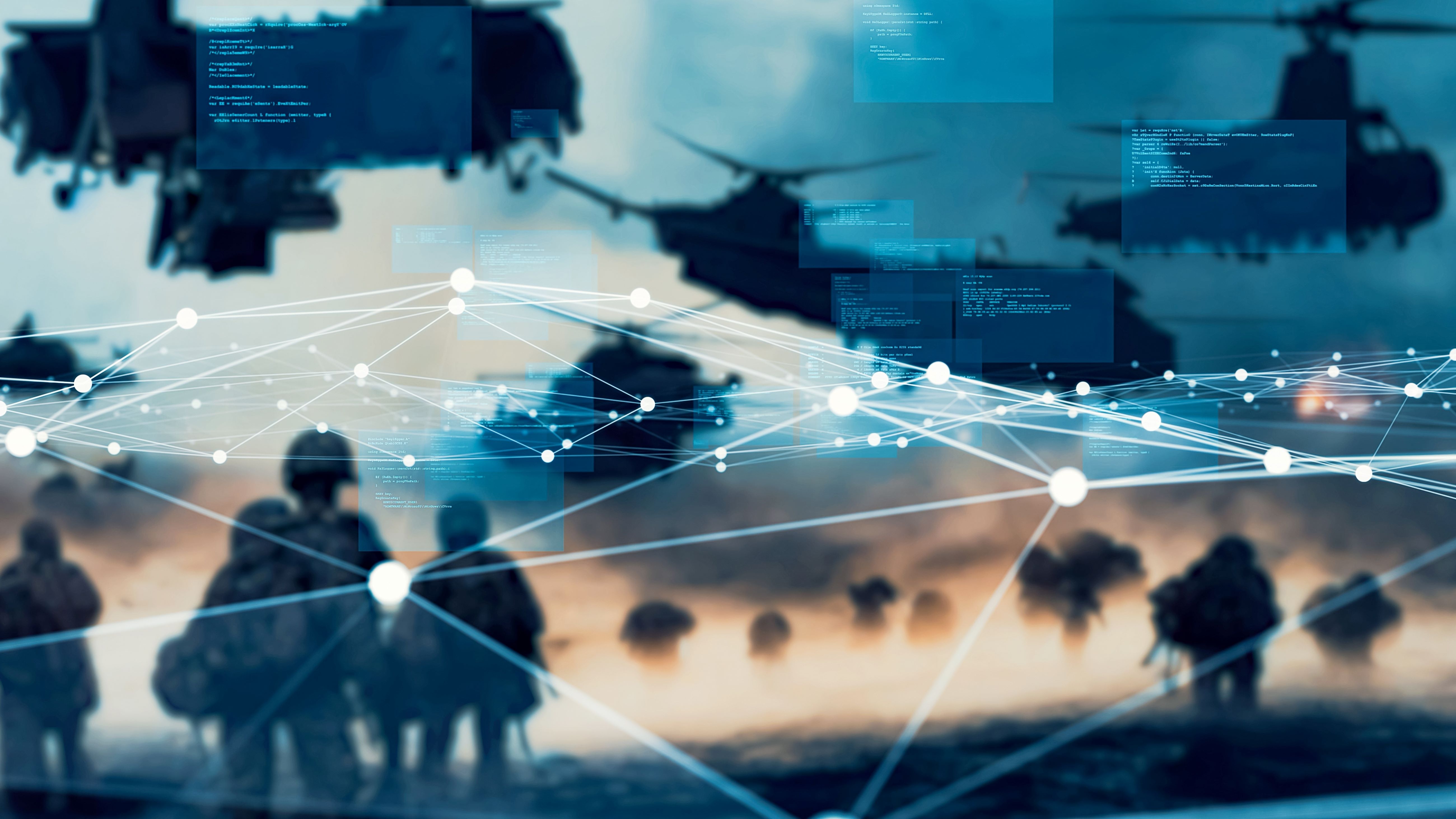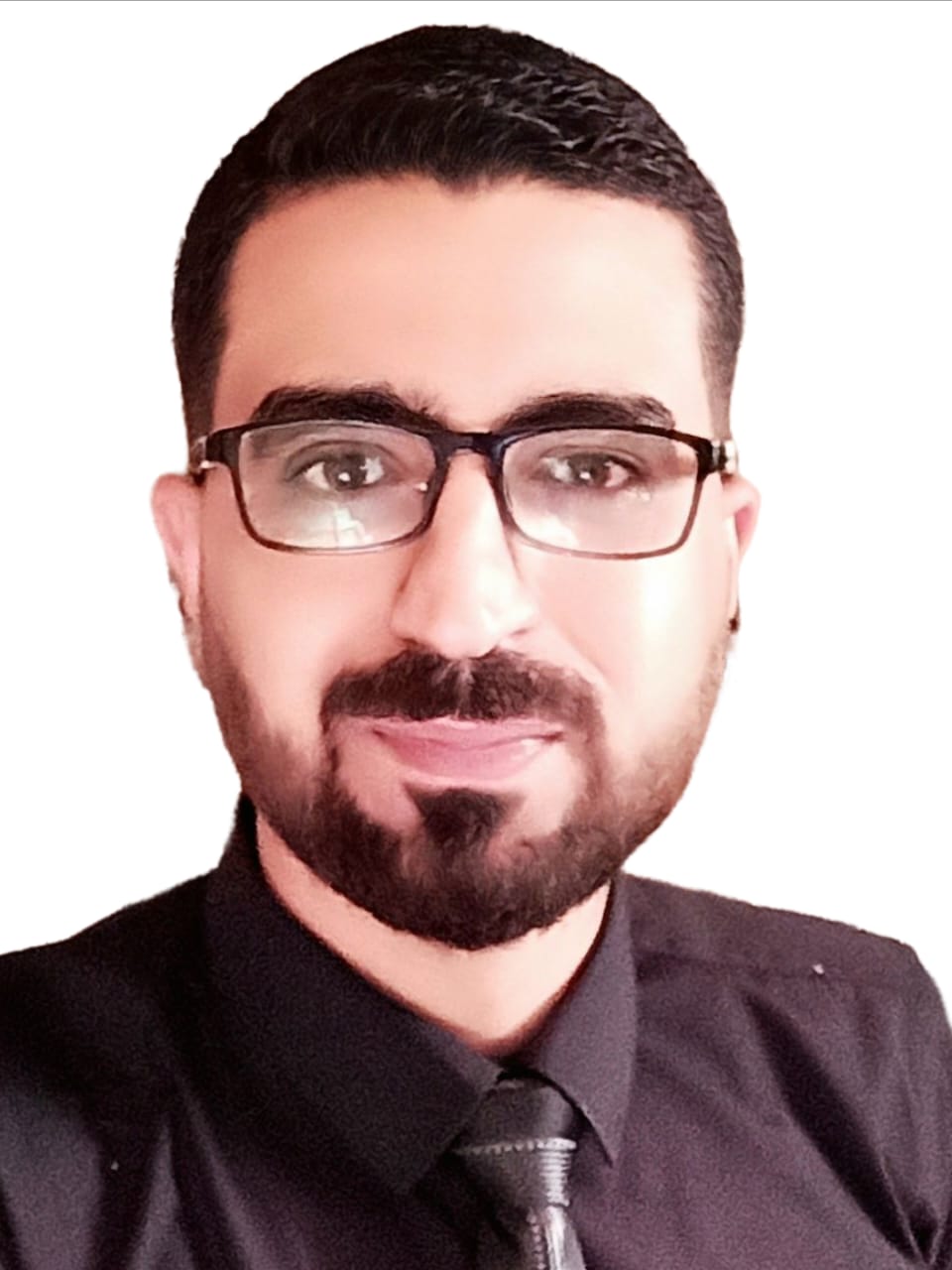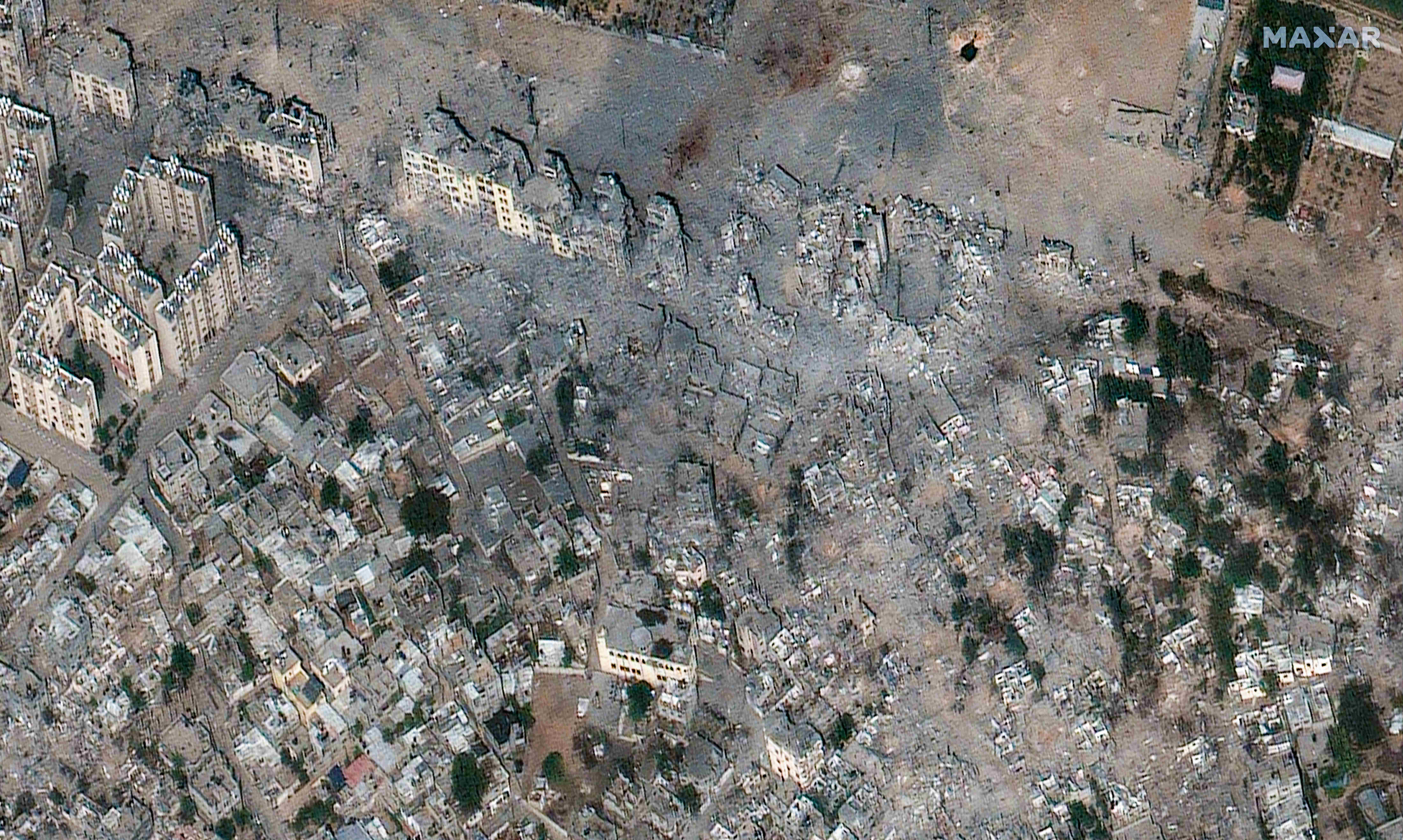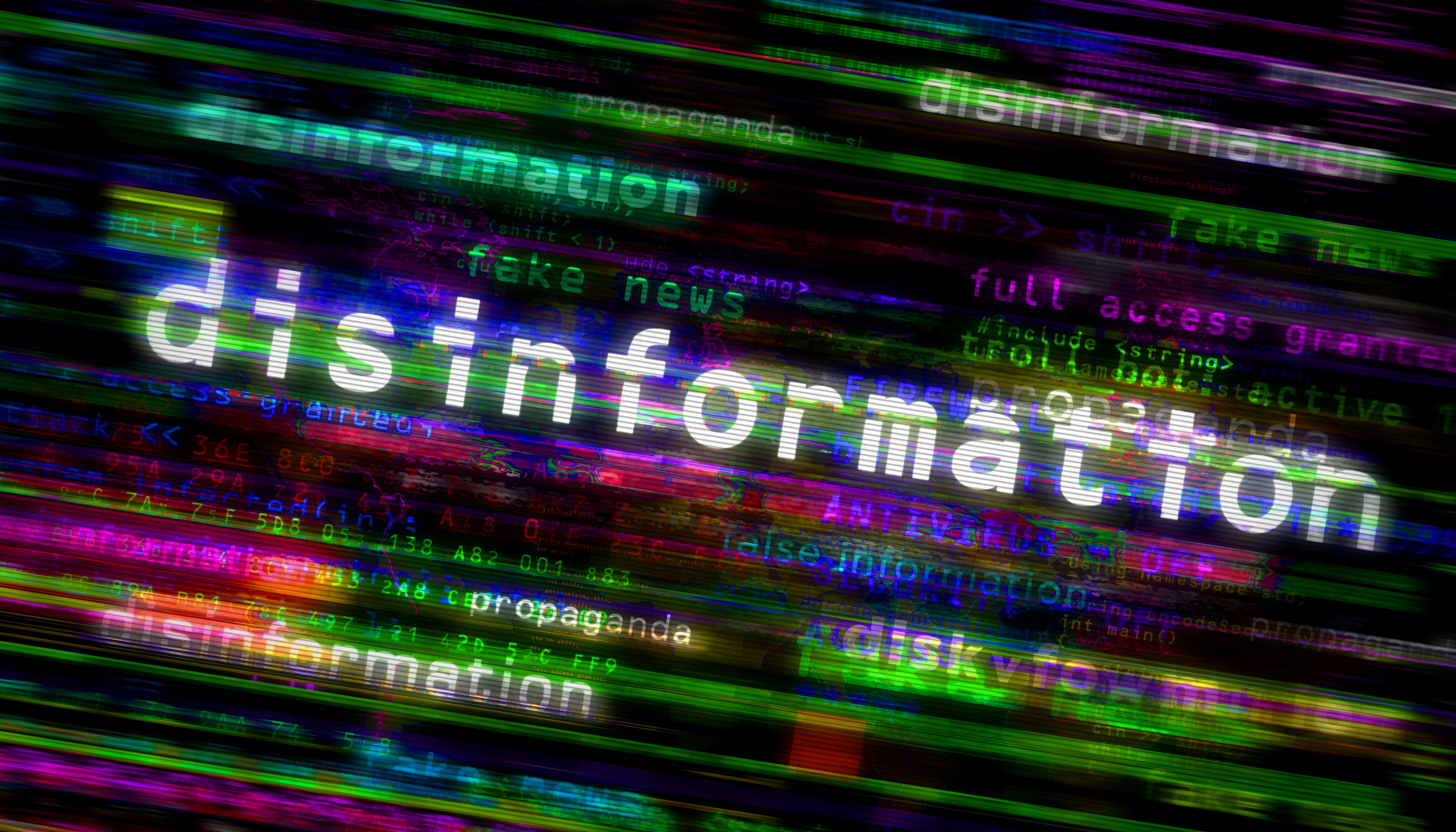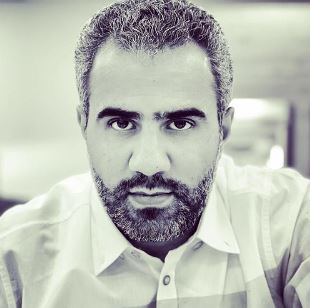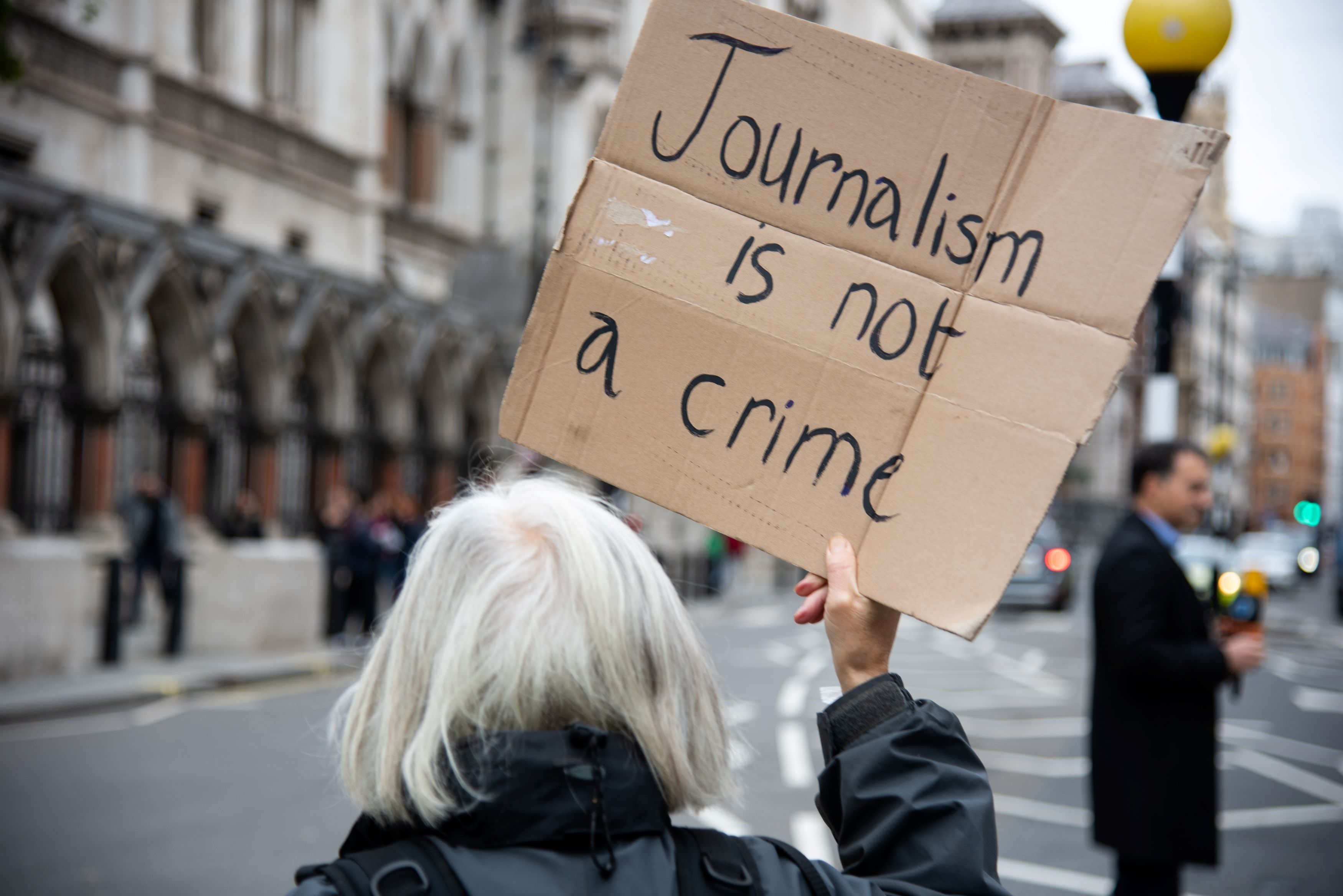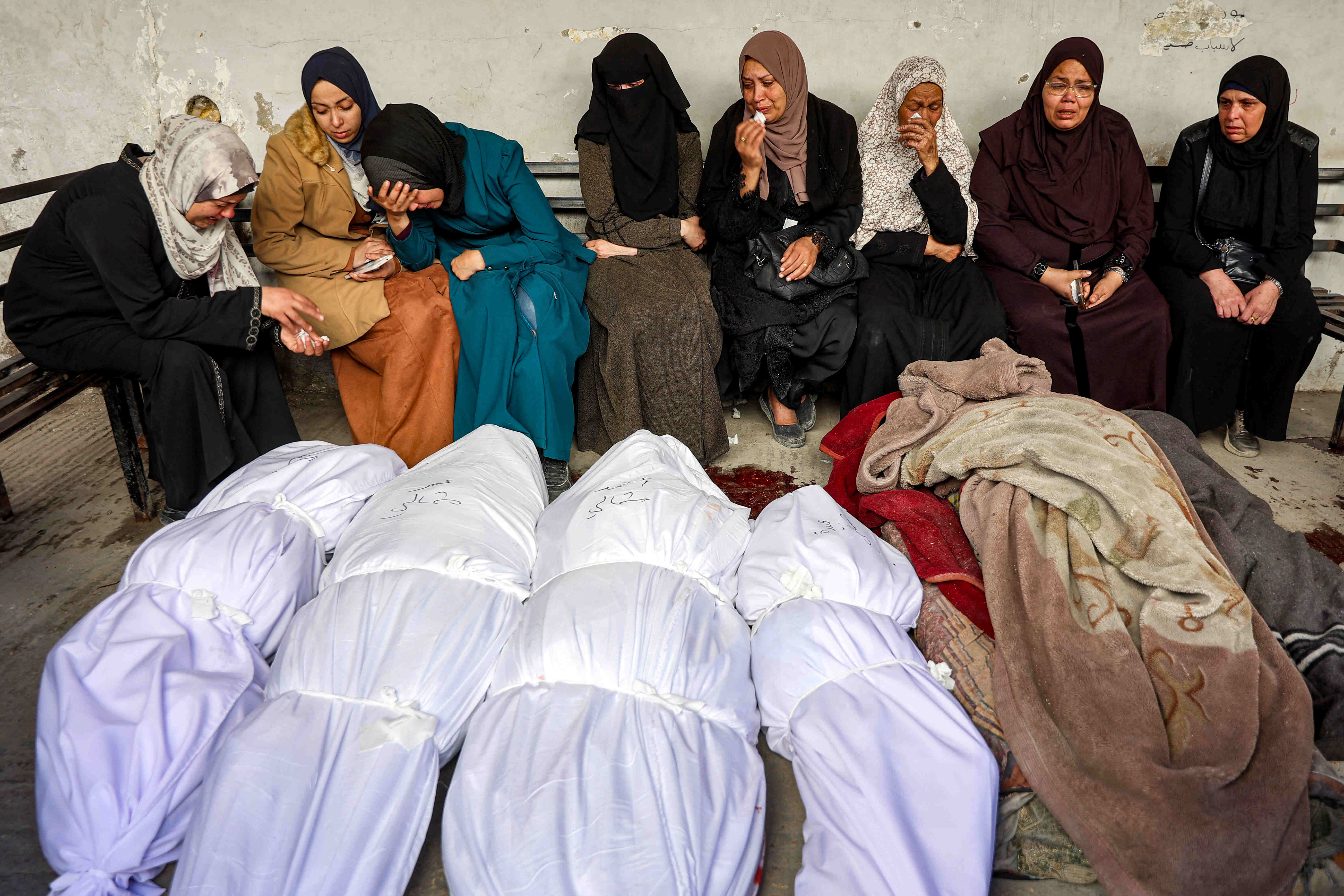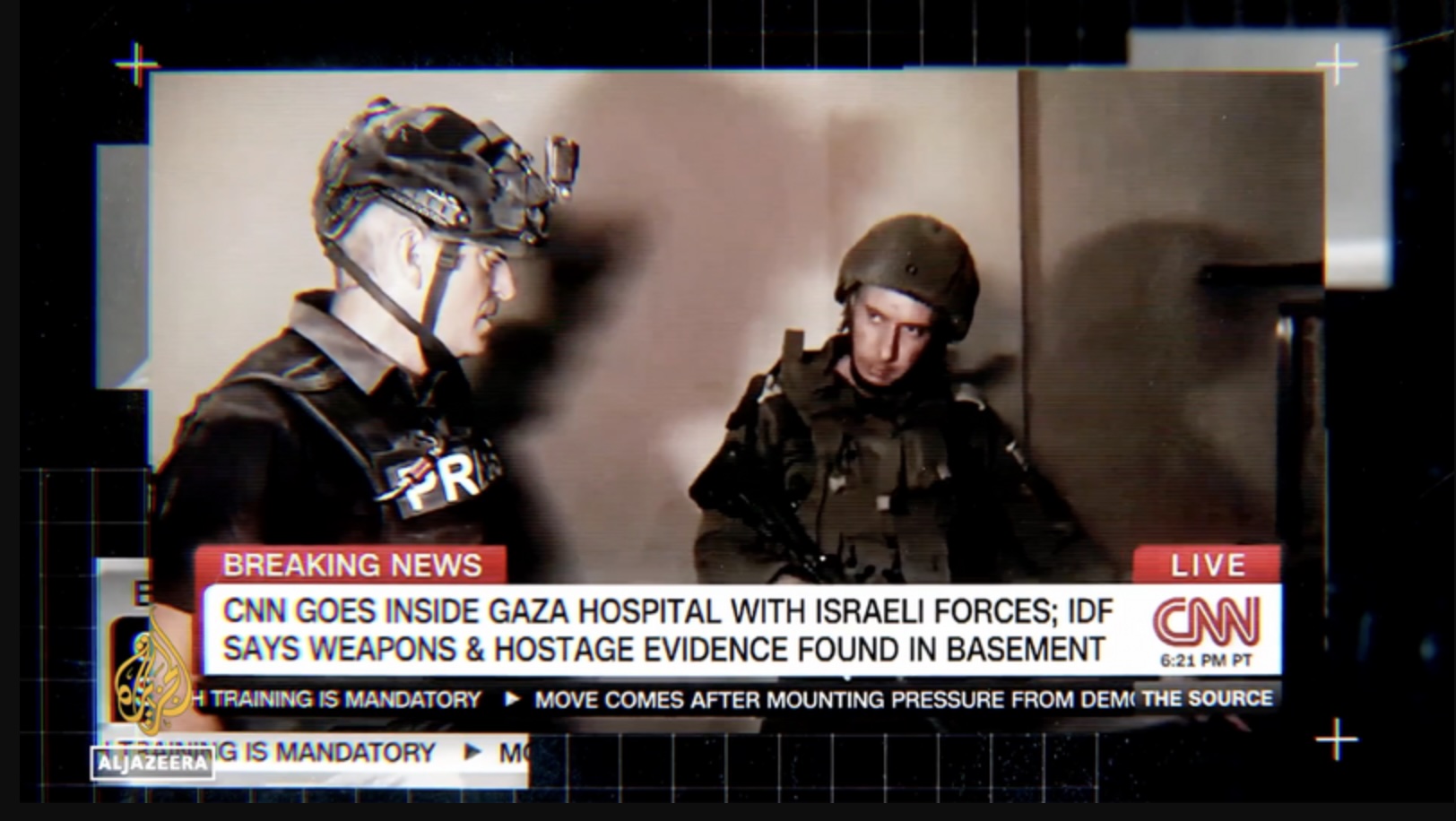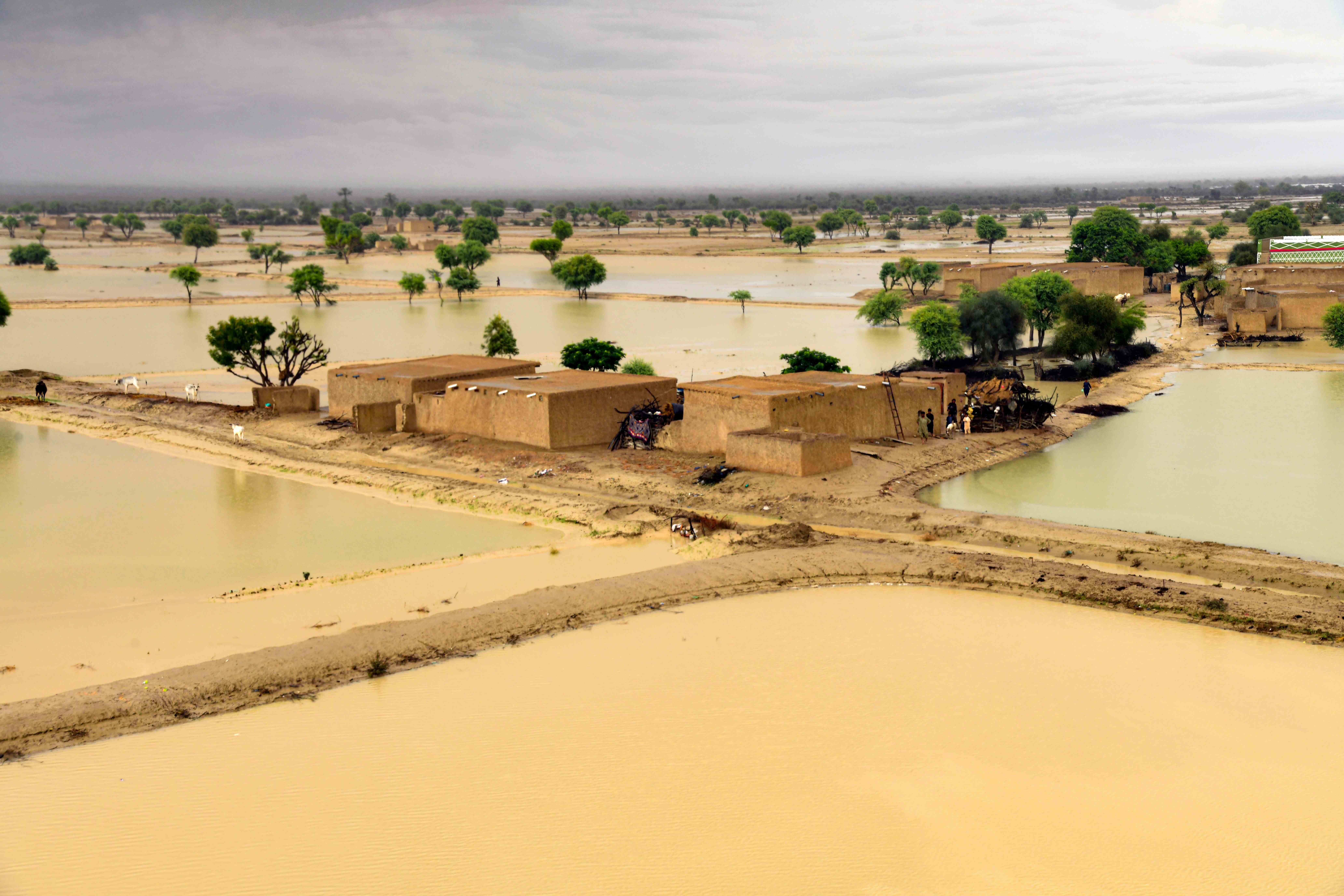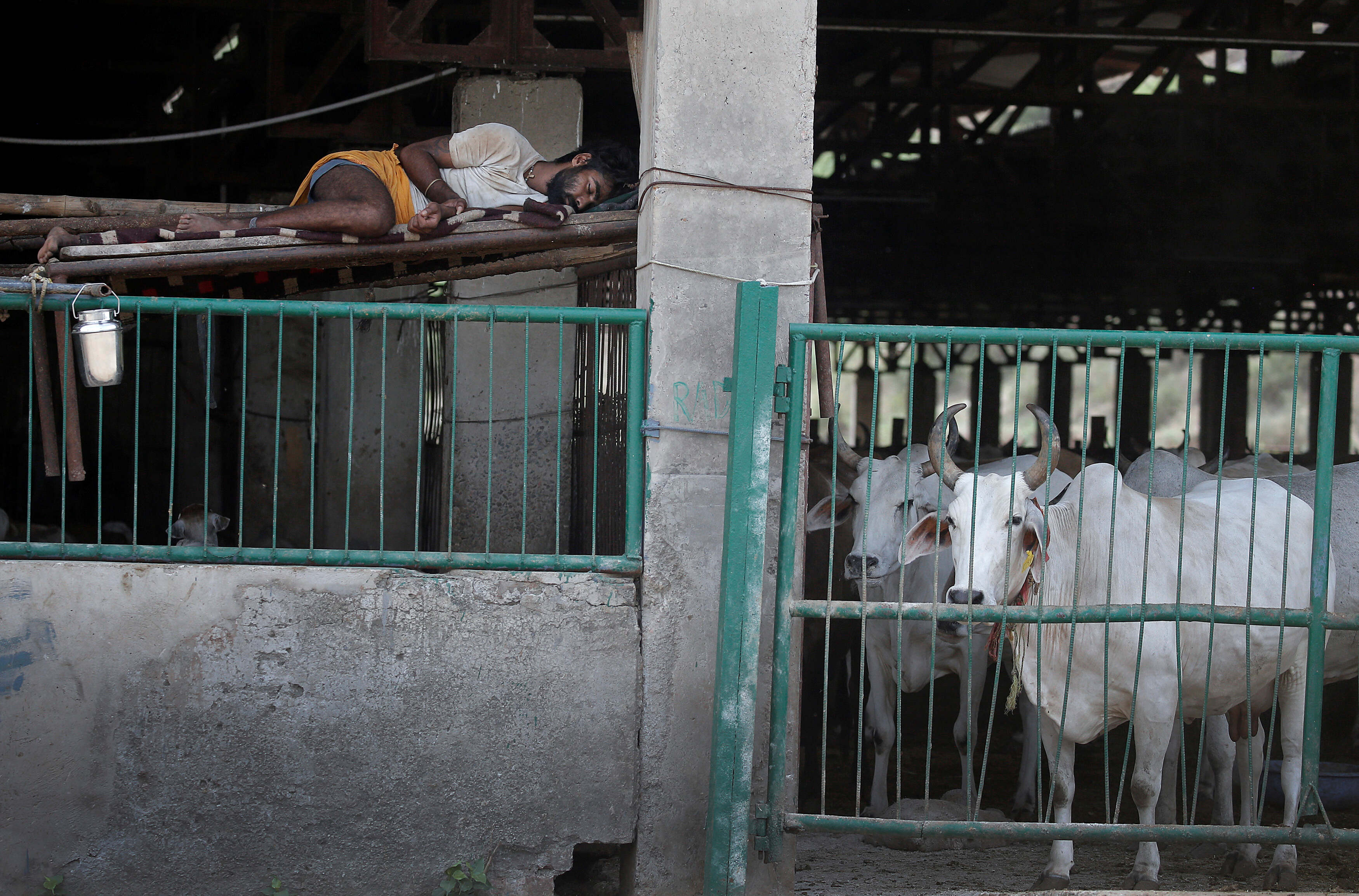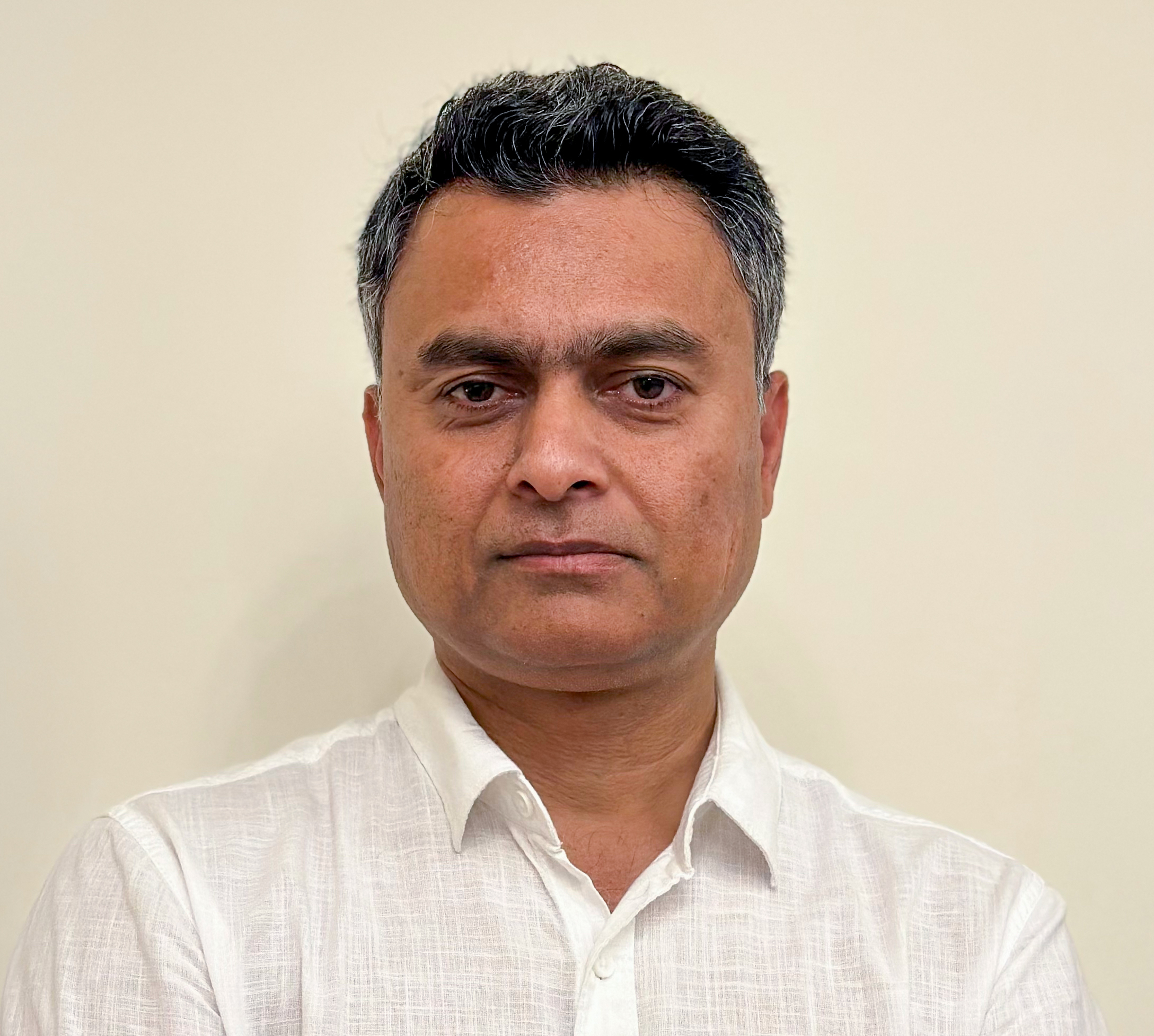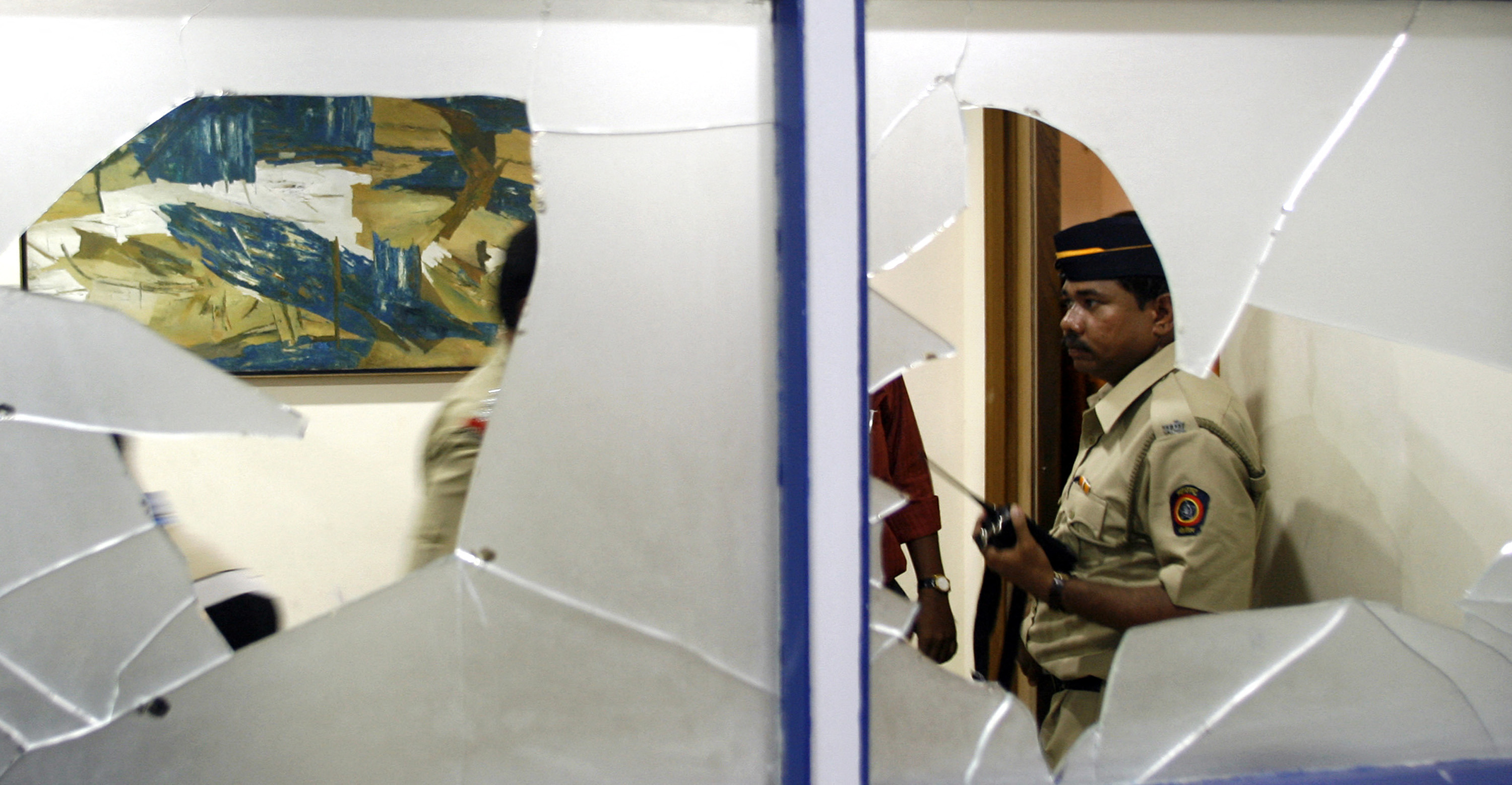مع اندلاع المواجهات في السودان خلال الشهر الماضي، بين قوات الجيش السوداني وقوات الدعم السريع، سارعت وكالات أنباء ومحطات تلفزيون عالمية ومحلية إلى تغطية أحداث القتال الدائر في ولايات السودان المختلفة لحظة بلحظة. وعلى الرغم من تسارع الأخبار لكن المؤسسات الإعلامية واجهت شحا في المعلومات المؤكدة من ميادين المواجهات.
ما الذي أدى إلى شح المعلومات المؤكدة؟
بحسب المتابعة اللصيقة لمجريات الأحداث الميدانية، يمكن القول إن المخاطر الميدانية التي تواجه عمل الصحفيين أثناء تغطيتهم للأحداث في جبهات القتال المشتعلة تسببت في محدودية التغطية الإعلامية للصراع المسلح، حيث قُصف مجمع سكني بمدينة الخرطوم فيه مكاتب قنوات إخبارية منها مكتب قناة BBC وقناتي العربية والحدث، وتعرض الصحفي بقناة الشرق الإخبارية أحمد العربي للإيقاف والتحقيق معه لمدة ثماني ساعات وكتب عبر صفحته على الفيسبوك أن عملية احتجازه تمت أثناء تغطيته لأحداث مطار مدينة مروي شمالي السودان، وهي من إحدى المناطق التي شهدت مواجهات، حتى إن أغلب المداخلات المباشرة مع مراسلي القنوات الخارجية أصبحت تتم عبر الهاتف؛ نسبة لصعوبة التنقل والحركة في المناطق التي تشهد المواجهات.
واعتمدت بعض وكالات الإعلام المحلية والدولية - في الحصول على معلومات تطورات الأوضاع الميدانية - على الصفحات الرسمية لطرفي النزاع عبر منصات التواصل الاجتماعي، رغم تضارب الأنباء حول مدى طبيعة الأوضاع ميدانيا، وفي ظل هذه الظروف يصعب إضفاء مصداقية للأخبار المتبادلة بين الجانبين مما يصعب عمل الجهات الإعلامية في كشف ملابسات أحداث الصراع المسلح.
ومنذ بداية المعارك بين طرفي القتال لم تستطع أي جهة إعلامية -حتى اللحظة - التأكد من صحة المعلومات الواردة خاصة تلك المتعلقة بالأحداث الميدانية، في ظل حرب إعلامية يتبادل فيها الجيش السوداني وقوات الدعم السريع الاتهامات بشأن مسؤولية إطلاق النار، وعلى الرغم من التدفق المتسارع للأخبار في السودان، إلا أن الحقيقة ما زالت مجهولة، ما بين تأكيدٍ يصدره أحد الأطراف المتصارعة حول سيطرته على مواقع إستراتيجية ونفيٍ يقابلُ من الطرف الآخر.
لكن هل يساهم ذلك في جعل وسائل الإعلام والصحفيين وسيطا لتبادل الرسائل السياسية بين الأطراف المتصارعة؟ وكيف يتم التحقق من سلامة المعلومات؟
على الرغم من تسارع الأخبار لكن المؤسسات الإعلامية واجهت شحا في المعلومات المؤكدة من ميادين المواجهات.
تسقط بعض وسائل الإعلام المحلية والعالمية في فخ الترويج السياسي للأخبار، حتى إن بعض منصات الأخبار المحلية على فيسبوك لم تسلم من الوقوع في المعترك المشحون بأنواع الاستقطاب السياسي الموجه من قبل الأطراف المتصارعة، وخلفت الحرب المدارة ميدانيا موجة من المعلومات والأخبار المتضاربة، وبسبب سباق النشر تجد منصات إخبارية نفسها أمام خيارين، إما أن تنفي ما نشرته، أو أن تقوم بحذفه.
وفي العادة لا يستطيع المتلقي - وكذلك الصحفي الذي لا يمتلك الخبرة - التمييز بين التغطية الصحفية الموضوعية والدعائية خاصة في أوقات الصراع المسلح، فالتغطية الدعائية تحتوي في الأغلب على أكاذيب يمكن تصديقها يتم نشرها بغرض إعطاء صورة غير حقيقية حول ما يحدث على الأرض.
رصدت منصة Beam Reports السودانية التي تعمل في مجال التحقق من الأخبار منذ بداية المواجهات بين الجيش السوداني وقوات الدعم السريع الكثير من الأخبار المضللة، ونشرت ما يزيد عن سبعة عشر تقريرا حول مدى صحة المعلومات الواردة عبر منصات التواصل الاجتماعي، ومن جهة أخرى من الممكن أن تتضمن الدعاية حقائق تختار بدقة ويتم نشرها لإظهار طرف بصورة إيجابية والطرف الآخر بشكل سلبي.
يقول الصحفي وجدي كامل في مقاله بموقع Sudanile إن واقع الإعلام المستخدم من قبل طرفي النزاع، هو واقع تكتيكات دعائية وحرب نفسية، تقتضي ضرورة البحث عن انتصارات واستخدامها بكثافة لهزيمة الخصم، ورغم ذلك الوضع نجد أخبارا صحيحة ومؤكدة لكنها تضل طريقها.
يمكن القول إن المخاطر الميدانية التي تواجه عمل الصحفيين أثناء تغطيتهم للأحداث في جبهات القتال المشتعلة تسببت في محدودية التغطية الإعلامية للصراع المسلح.
المواطن الصحفي
في بعض الحالات يشارك الناشطون في مواقع التواصل الاجتماعية في تأجيج التوترات عبر نشر خطاب الكراهية والعنف، ويتضح ذلك من خلال تداول مقاطع فيديو تحتوى على مشاهد عنف عبر منصات التواصل الاجتماعي، بجانب نشر الأخبار دون التحقق من صحتها والتي سرعان ما يتسع نطاقها عبر الأسافير، ومن المرجح أن يكون القصد منها التضليل، ففي أوقات الصراعات المسلحة تبلغ الجهود الدعائية ذروتها، وتعتبر الدعاية تلاعبا متعمدا بالمعلومات وأحد أبرز عناصر الحرب الإعلامية، وتساهم في تأجيج الصراعات وخلق حالة هلع بين المواطنين، وتصعب على الجمهور المحلي والإقليمي معرفة ما يحدث بالفعل.
هذا الأمر لا ينافي إمكانية إسناد التغطية الإعلامية إلى المواطن الصحفي في حدود تغطية الوقائع التي تقرُبُ من محل إقامته، حيث إن الكثير من أحداث الصراع في السودان مثل، حالات القصف والمناشدات الإنسانية وعمليات إجلاء العالقين وغيرها من الأحداث؛ وثقتها كاميرا هواتف مواطنين كانوا في محيط الحدث وقت وقوعه.
أين الإنسان من كل هذه الأحداث؟
ركزت وسائل الإعلام خلال تغطياتها المتواصلة للشأن السوداني على مجريات الأحداث العسكرية في خضم حرب إعلامية يخوضها طرفا الصراع تسببت في انتشار موجة من الأخبار المضللة. اللافت في الأمر أن كل المعلومة المؤكدة تتحدث عن الأوضاع الإنسانية التي يشهدها السودانيون في ظل أزمات متلاحقة نتيجة الحرب، ومع ذلك فإن تغطية الوسائل الإعلامية لمعاناة المدنيين "خجولة"، علما بأن المواجهات العسكرية بين طرفي الصراع المسلح، تدار داخل المدن المأهولة بالسكان.
تعقيدات التغطية الإعلامية للصراع
تختلف التغطيات الإعلامية للأحداث في أوقات الحروب عن غيرها، حيث تصبح الممارسات الإعلامية فيها جزءا لا يتجزأ من الحرب نفسها، وتحاول الأطراف المتحاربة فرض سيطرتها وعكس انتصاراتها من خلال قنواتها الإعلامية أو وسائل الإعلام العالمية كما هو الحال في السودان، ما يجعل الصحفي الذي يعمل في ظل الاستقطاب الحاد لطرفي الصراع؛ معرضا لخرق المبادئ الأخلاقية الموضوعية للممارسة الصحفية، وسرعان ما يجد نفسه مشاركا في الحرب بطريقة غير مباشرة، بسبب السعي وراء السبق الصحفي دون التأكد من صحة المعلومات، بدلا من أن يحرص على تقديم تغطية مهنية تراعي اهتمامات الجمهور المحلي والعربي والعالمي.
أثناء الحرب الأهلية الأمريكية تفقد الجنرال الكونفيدرالي "ستونوال جاكسون" ومساعده أحد مواقع القتال، وأثناء تفقده سأل مساعده قائلا: هل سبق لك وفكرت بحجم الفرص التي تتيحها ساحة المعركة للكذابين؟ وكان يقصد أن الحرب تفتح الباب واسعا للتزييف المتعمد لأنه من السهل إطلاق الادعاءات الكاذبة ومن الصعب تفنيدها، فعلى الصحفي أن يدرك تعقيدات الأخبار الواردة من جبهة المعركة، ولذلك يحرص الكثير من الصحفيين على التعامل بحذر في نشر المعلومات، حرصا منهم على أن لا يكونوا جزءا من نشر المعلومات الخاطئة أو المضللة.
تسقط بعض وسائل الإعلام المحلية والعالمية في فخ الترويج السياسي للأخبار، حتى إن بعض منصات الأخبار المحلية على فيسبوك لم تسلم من الوقوع في المعترك المشحون بأنواع الاستقطاب السياسي الموجه.
ما الذي يتوجب على الصحفي أثناء تغطية الصراعات المسلحة؟
يتوجب على الصحفي في أوقات النزاعات والحروب أن يستصحب معه الجوانب الأخلاقية ويراعي المصلحة العامة في تغطياته لمجريات الأحداث، وأن يفكر مليا قبل نشره للمعلومة حول احتمالية وجود ضرر يمكن أن يترتب على النشر من عدمه؛ فالعمل على نشر الحقائق بدقة "ولو لم تكن سبقا صحفيا" خير من أن يضحي الصحفي بـ"مصداقيته"، ويجب مراعاة المبادئ المهنية في التغطية الصحفية وأن لا يعمل الصحفي تحت لواء مظلة حزبية أو أي تحيزات عرقية، خاصة وأن الأوضاع التي يمر بها السودان من ظروف سياسية واقتصادية وإقليمية ودولية "بالغة التعقيد"، ولا تحتملُ "صبا للزيت على النار".
في الصراع يوجد أبرياءٌ لا ناقة لهم فيها ولا جمل، هم الأحق بتسليط الضوء على أوضاعهم الإنسانية، من الأفضل ألا تقتصر تغطية النزاع المسلح على الجوانب العسكرية فقط؛ لأن المعارك ليست وحدها سببا في الموت، فتبعات الحرب كثيرة، أشدها الجوع، وينبغي على الصحفي أن يعلم أن محور القصة الأهم هو الإنسان.
يحتاج الجمهور إلى معرفة المعلومات والحقائق التي تتعلق بالصراع الدائر في السودان، وما يترتب عليه من أبعاد سياسية واقتصادية وأمنية وإنسانية، ويتوجب على الصحفي ألا يكتفي بالتصريحات الصحفية لأطراف الصراع المسلح وإفادات شهود العيان، والأخبار المتداولة عبر منصات التواصل الاجتماعي، فهذه المعلومات متوفرة للعامة، المطلوب في هذه الأوقات مد الناس بالتفاصيل المجهولة مثل إظهار حجم الدمار الذي صاحب الأحداث، واستصحاب قصص النازحين وكيف نزحوا من مناطقهم؟ ما هي الأوضاع التي تعيشها الأسر المحاصرة قرب مناطق الاشتباكات؟ وعليه ما أمكن أن يحرص على سلامته الشخصية أثناء تغطية النزاعات المسلحة، وذلك بتجنب أماكن المواجهات المباشرة والأماكن المفتوحة، حتى لا يصبح الصحفي محور الحدث.
أثناء الحرب الأهلية الأمريكية تفقد الجنرال الكونفيدرالي "ستونوال جاكسون" ومساعده أحد مواقع القتال، وأثناء ذلك سأل مساعده قائلا: هل سبق لك وفكرت بحجم الفرص التي تتيحها ساحة المعركة للكذابين؟
على الصحفي أن يتحقق من صحة الأخبار بشكل إلزامي قبل إعادة استخدامها، ويعمل على محاربة الأخبار المضللة والخاطئة، وذلك من خلال استقصاء المعلومات من مصادر متعددة وعبر آليات التحقق من الصور والفيديوهات والإشاعات التي يتم إنشاؤها عبر شبكات الإنترنت، وتداولها عبر منصات التواصل الاجتماعي، فالتحقق من الخبر أهم من نشره، وتتطلب التغطية الصحفية التأني وانتقاء المفردات بعناية سواء في التغطيات المباشرة أو غير المباشرة، وهنا لا بد للصحفي أن يدرك أن عمله يعتمد على المصداقية والدقة، ويتوجب الحذر حتى لا تُلوث التغطية بالميل إلى أحد أطراف الصراع المسلح، ويصبح محركا لنشر خطابات العنف والكراهية والتحريض بدلا من العمل على نشر الحقائق.
ويمكن للصحفيين الاستفادة من مجموعة إصدارات معهد الجزيرة تساعد في عملية التحقق من الأخبار:
1-دليل مختصر للتحقق من الأخبار على المنصات الرقمية: hhtps://bit.ly/33FMudr
2-كتاب "دليل التحقق من عمليات التضليل والتلاعب الإعلامي: https://bit.ly/2OKlevQ
3- كتاب "البحث عن الحقيقة في كومة الأخبار الكاذبة: https://bit.ly/3rlXxLd






